文字サイズ


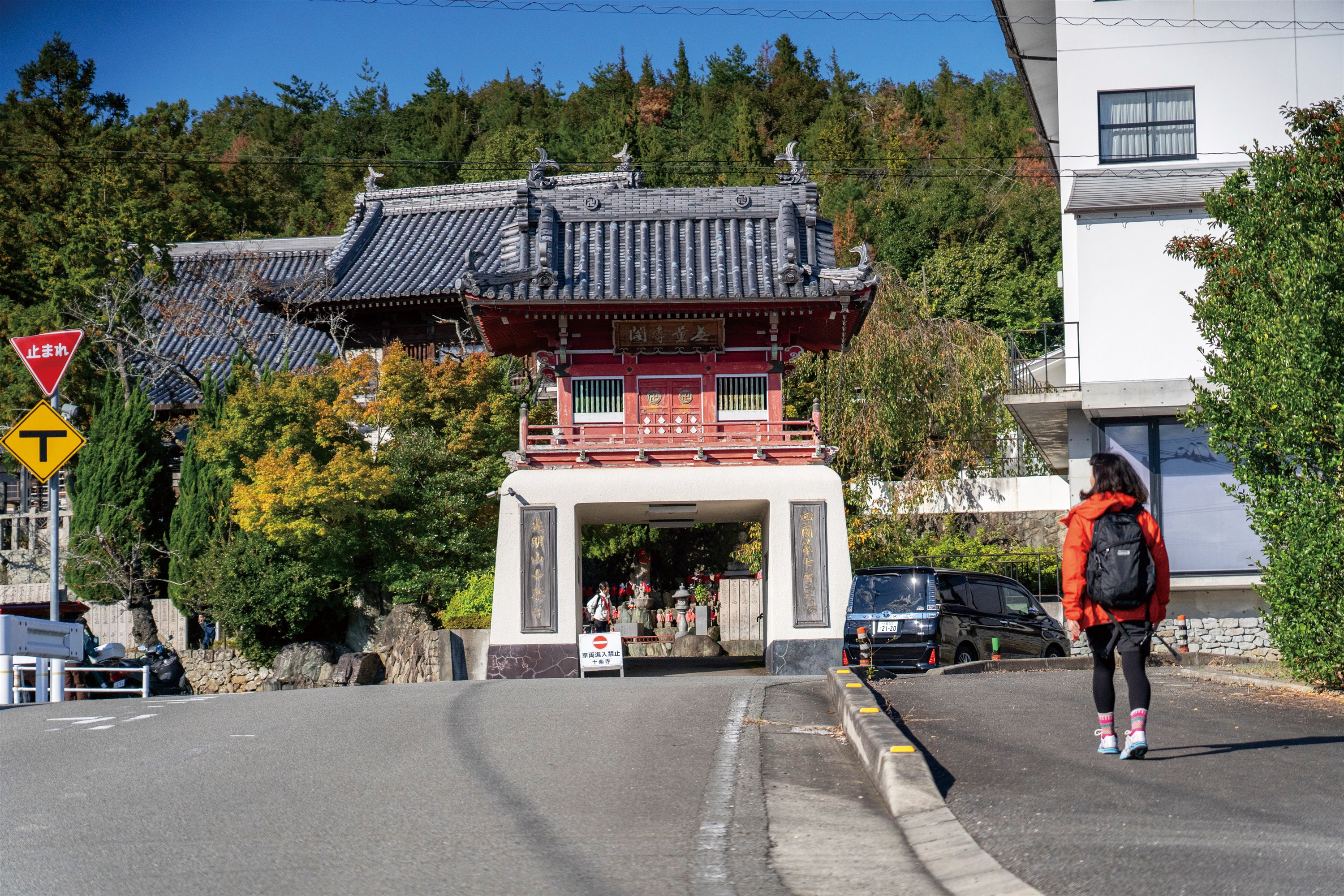
From Kumano Shrine,walk through the countryside to Jūrakuji Temple.
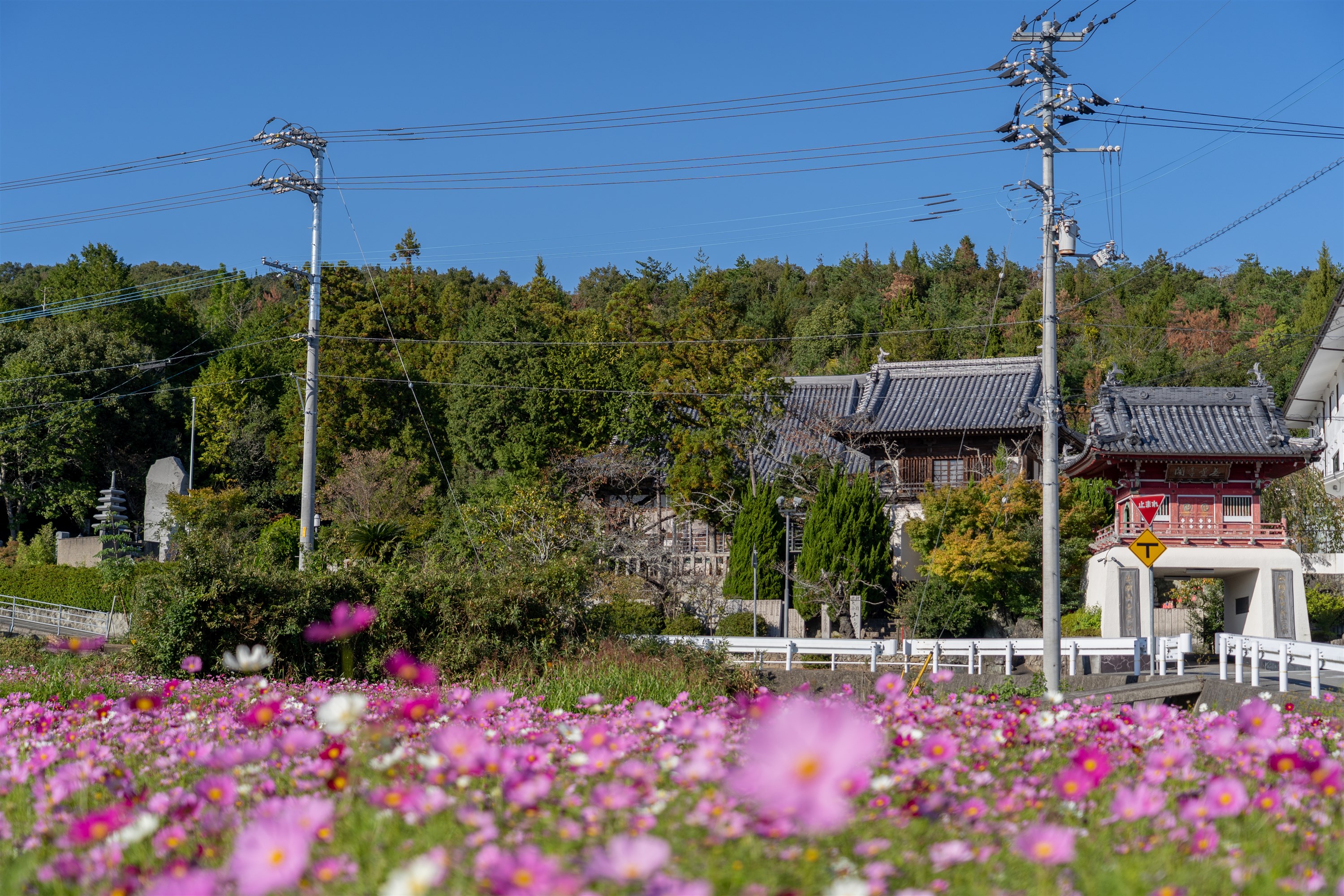
In the autumn, you can see beautiful cosmos fields along the way.
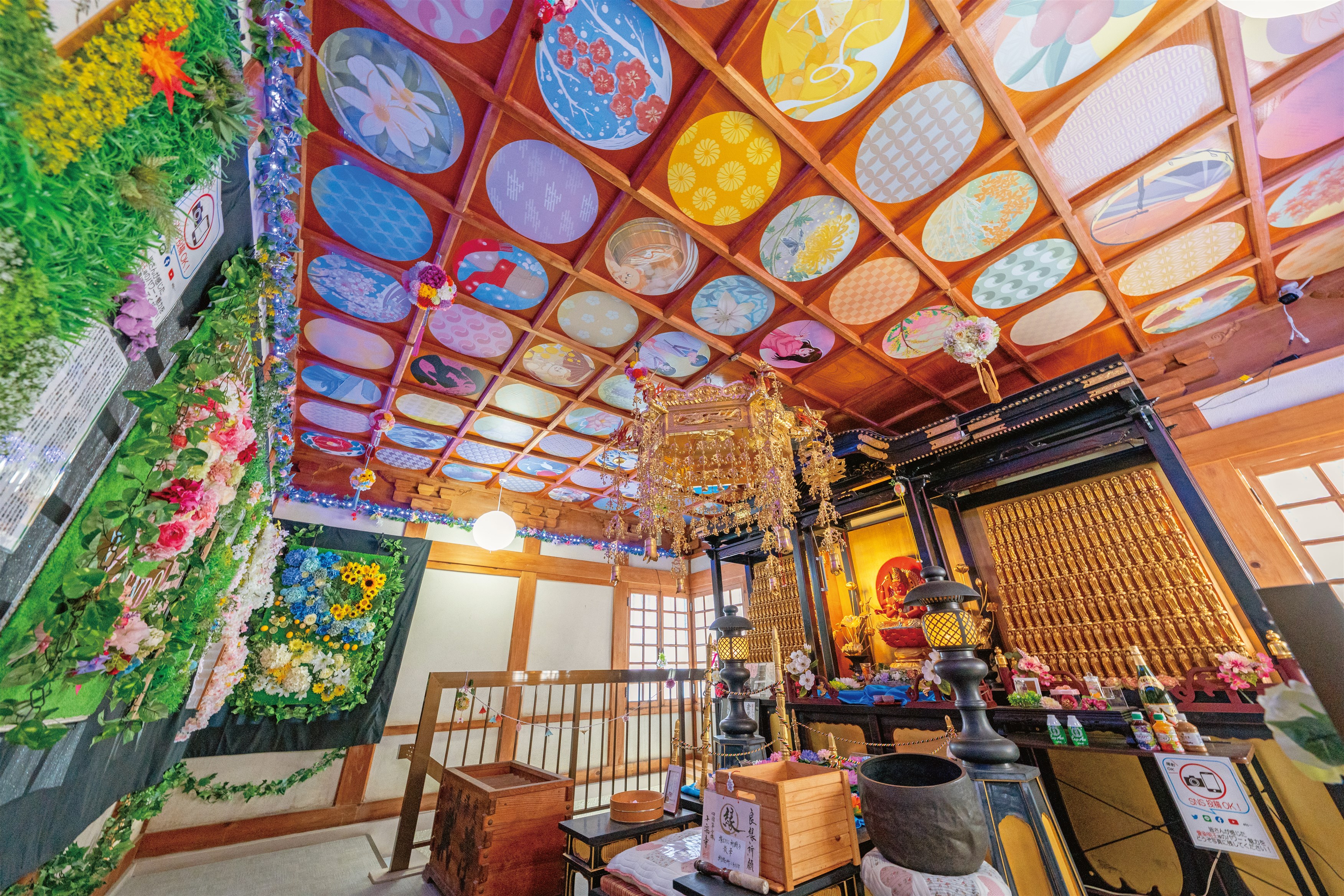
The Henshōden building enshrines a statue of Aizen Myōō that is said to fulfill wishes of finding a good marriage partner.
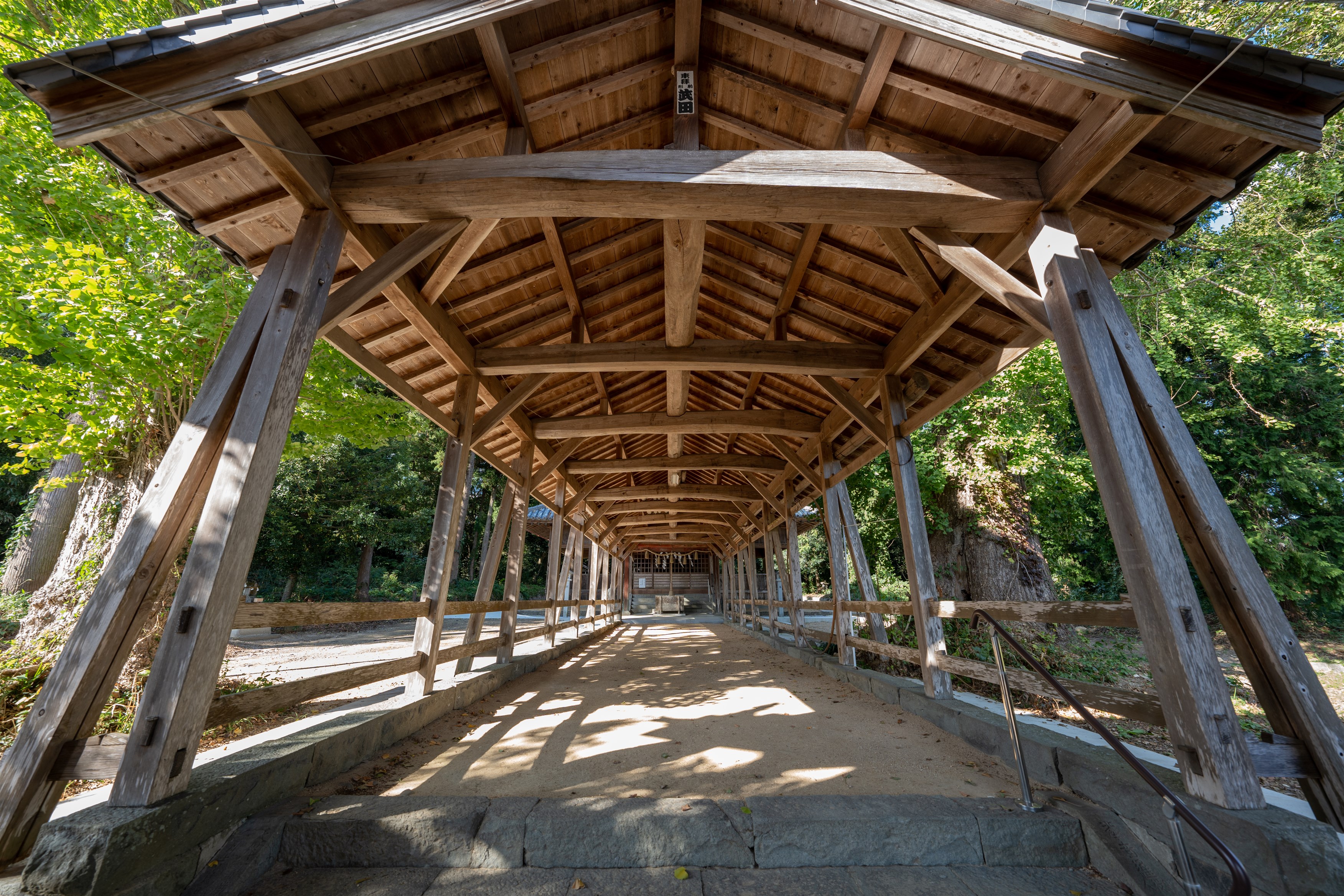
Kumano Shrine is said to have been built by a monk from Jizōji during the Kamakura period (1192-1333). After passing through the gate, a covered corridor leads to the hall of worship.
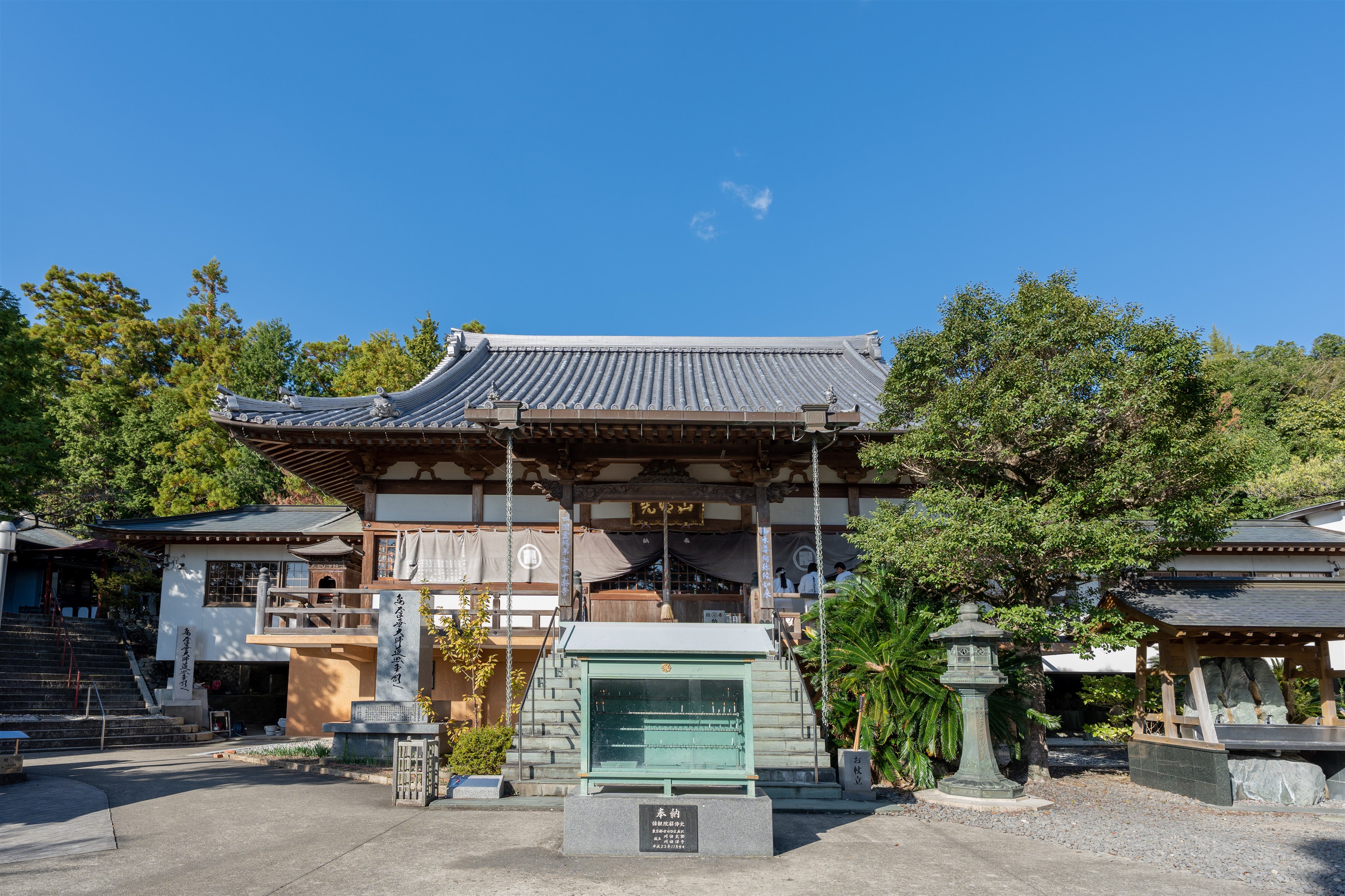
Jūrakuji temple, with its vermilion-lacquered bell tower gate and magnificent old pine trees.
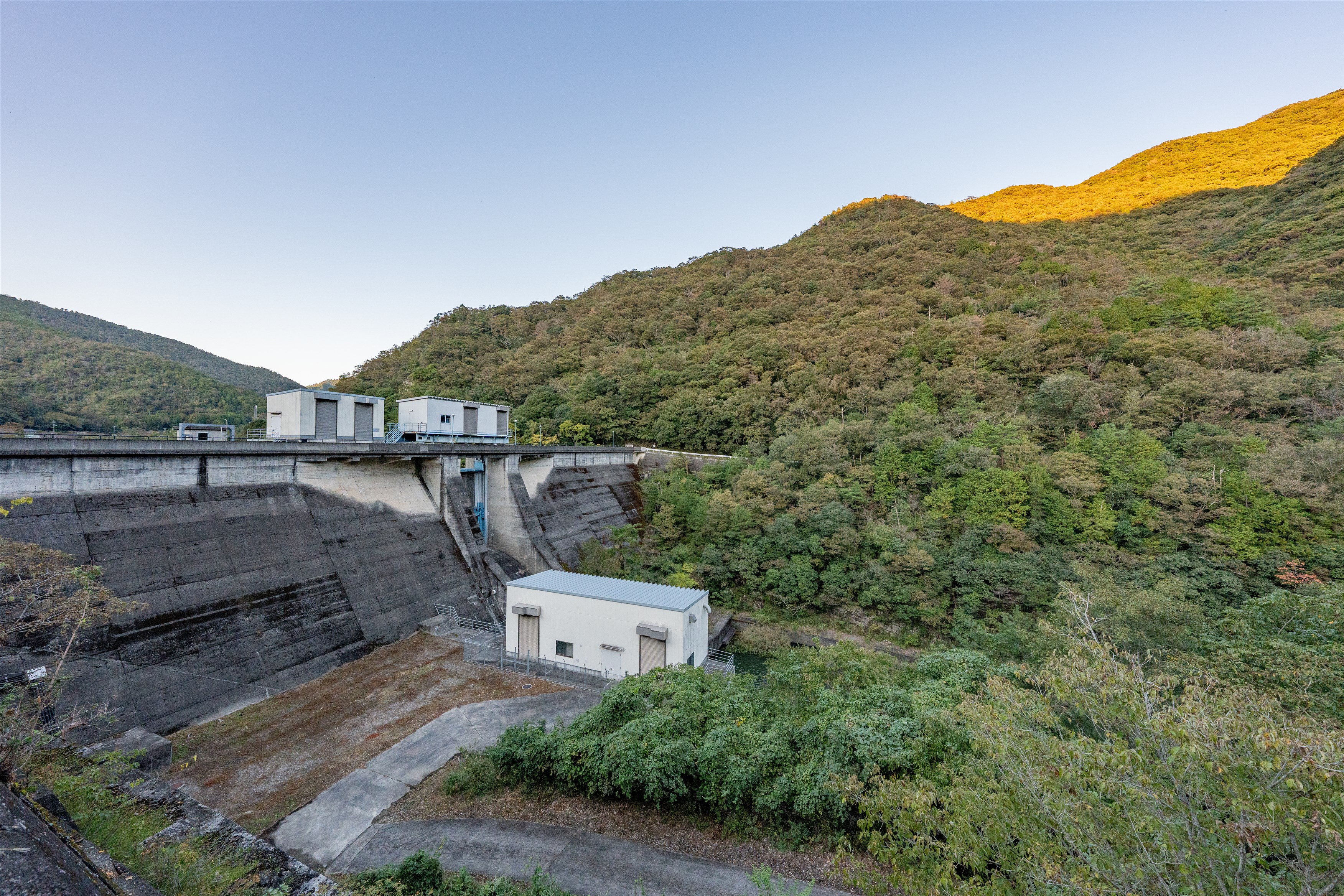
The Miyagawauchi Dam is a multi-purpose dam for flood control and irrigation. A rest area overlooking the dam lake is located in the corner of a row of cherry trees standing on the left bank of the dam.
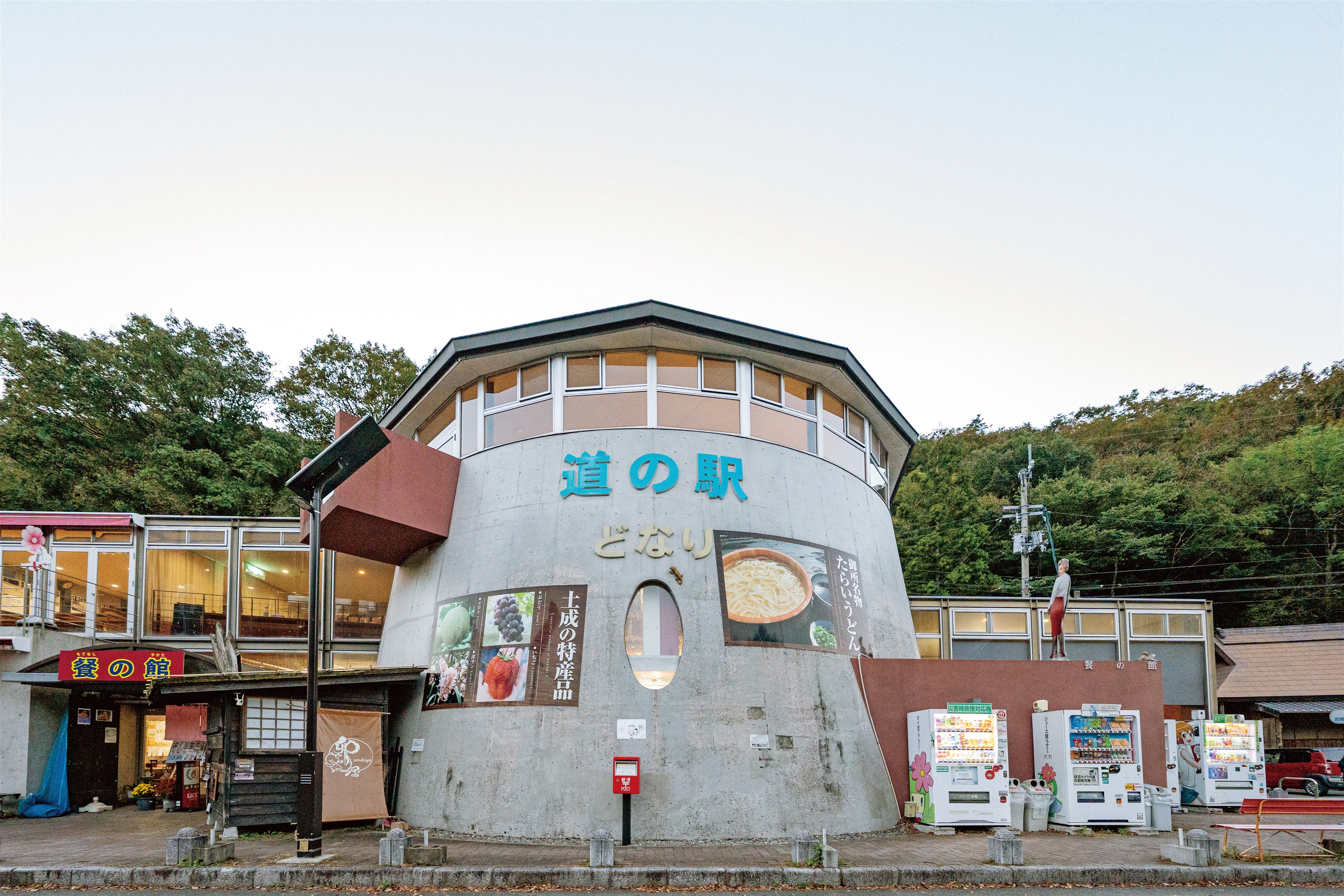
Roadside station Michi-no-Eki Donari is located by the Miyakawachi Dam Lake. Experience making the famous tarai udon noodles and eating the local cuisine here.
Start from the 6th temple, Anrakuji Temple. The gentle path leads to an ancient shrine called Kumano Shrine as well as Jūrakuji Temple, the 7th temple, which enshrines a statue of Aizen Myōō, a deity that people pray to in order to start or end a relationship. The trail passes through mountain trails covered with deciduous trees such as sawtooth oak and konara oak, and from the middle of the trail, vineyards can be seen in some places along the way. The town of Donari in Awa City is located on the southern slope of the foot of Asan Mountain range and is known as a grape growing area with one of the highest sunshine rates in Shikoku. Near the end of the course, the Miyakawauchi Dam comes into view. The artificial lake was built in 1964 for flood control and irrigation and offers a beautiful view of the surrounding mountains reflected on the surface of the lake in each of the four seasons, from fresh green colors in spring to autumn leaves. A little past the finishing point is the roadside station Michi no Eki Donari, built in the shape of the tub in which the local noodle dish tarai-udon is served.
Anrakuji Temple ~ Kumano Shrine ~ Jūrakuji Temple ~ Takaodani Bridge ~ Umagoe Pond ~ Umagoe Pass ~ Misaka Bridge ~ Miyakawauchi Dam ~ Hirama
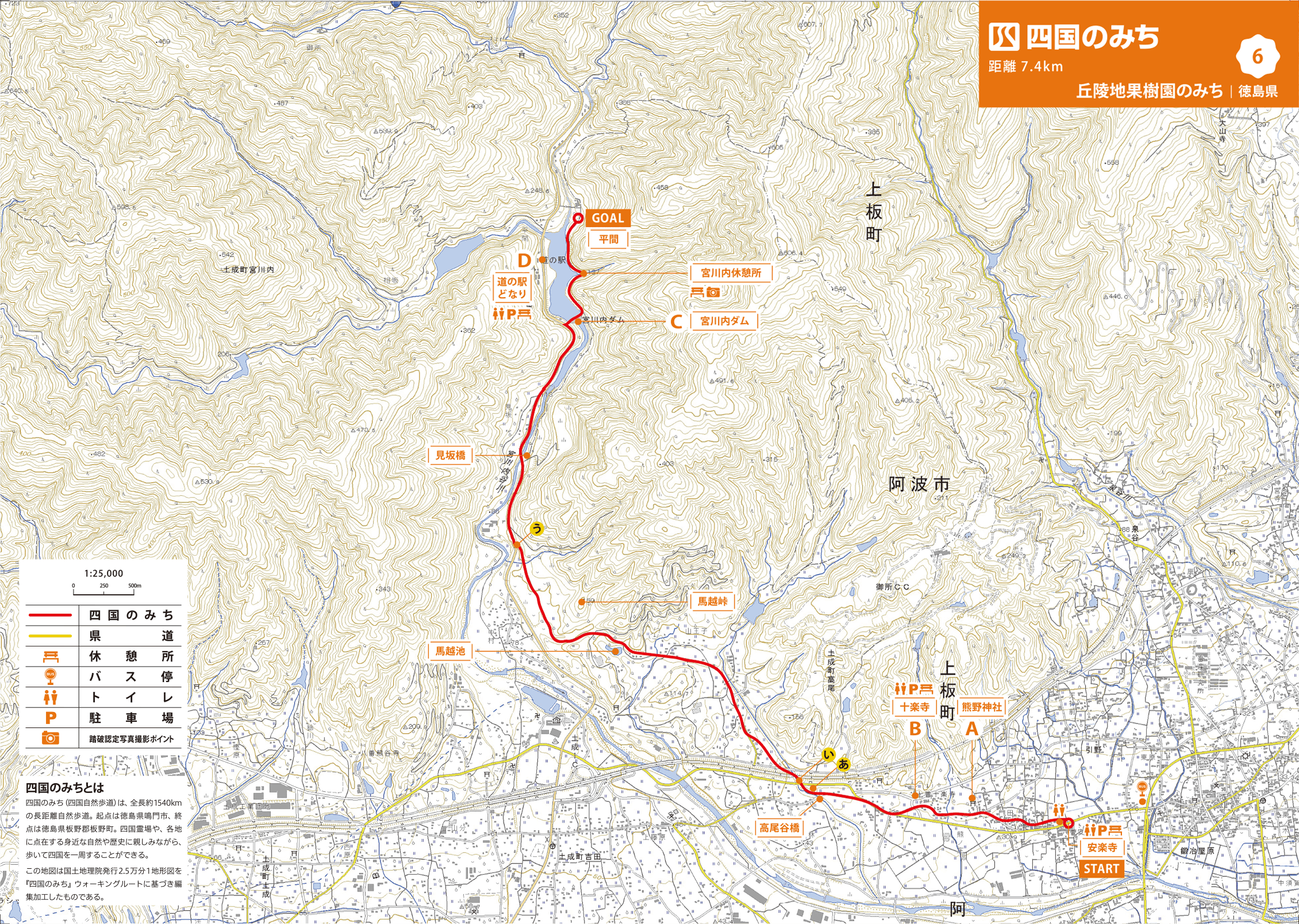
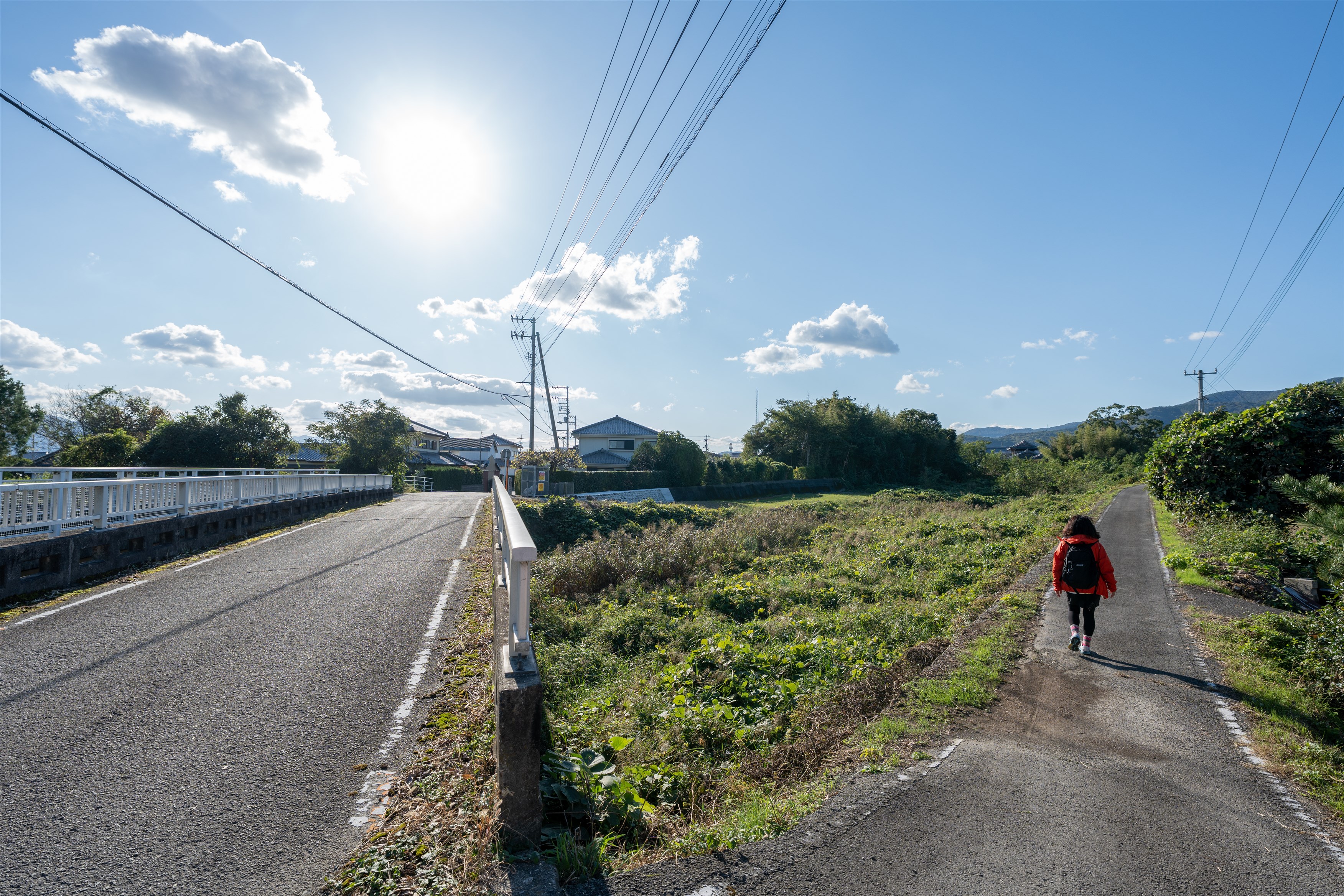
MAP【A】 Enter the side road beside the main road
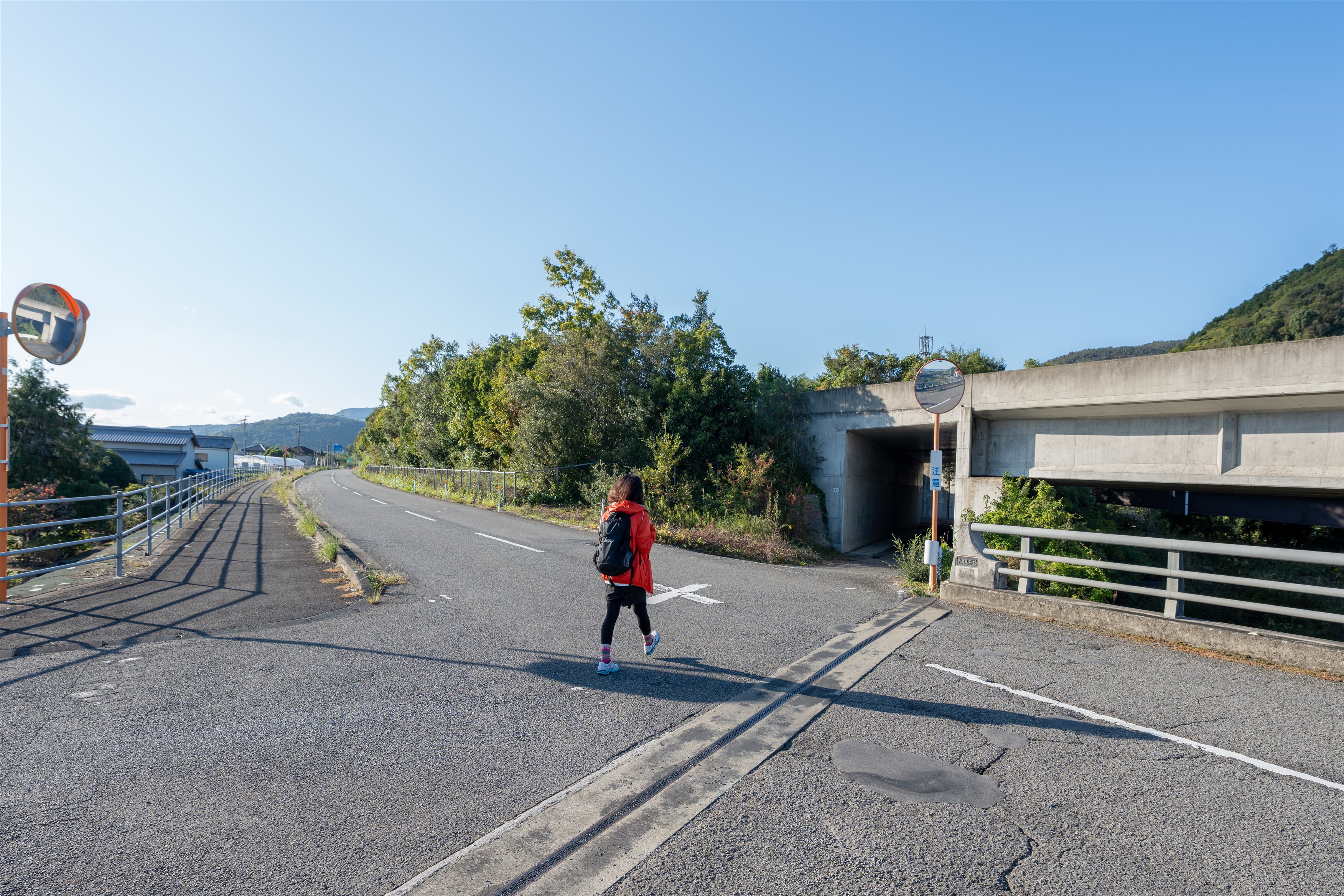
MAP【I】 Pass under the highway
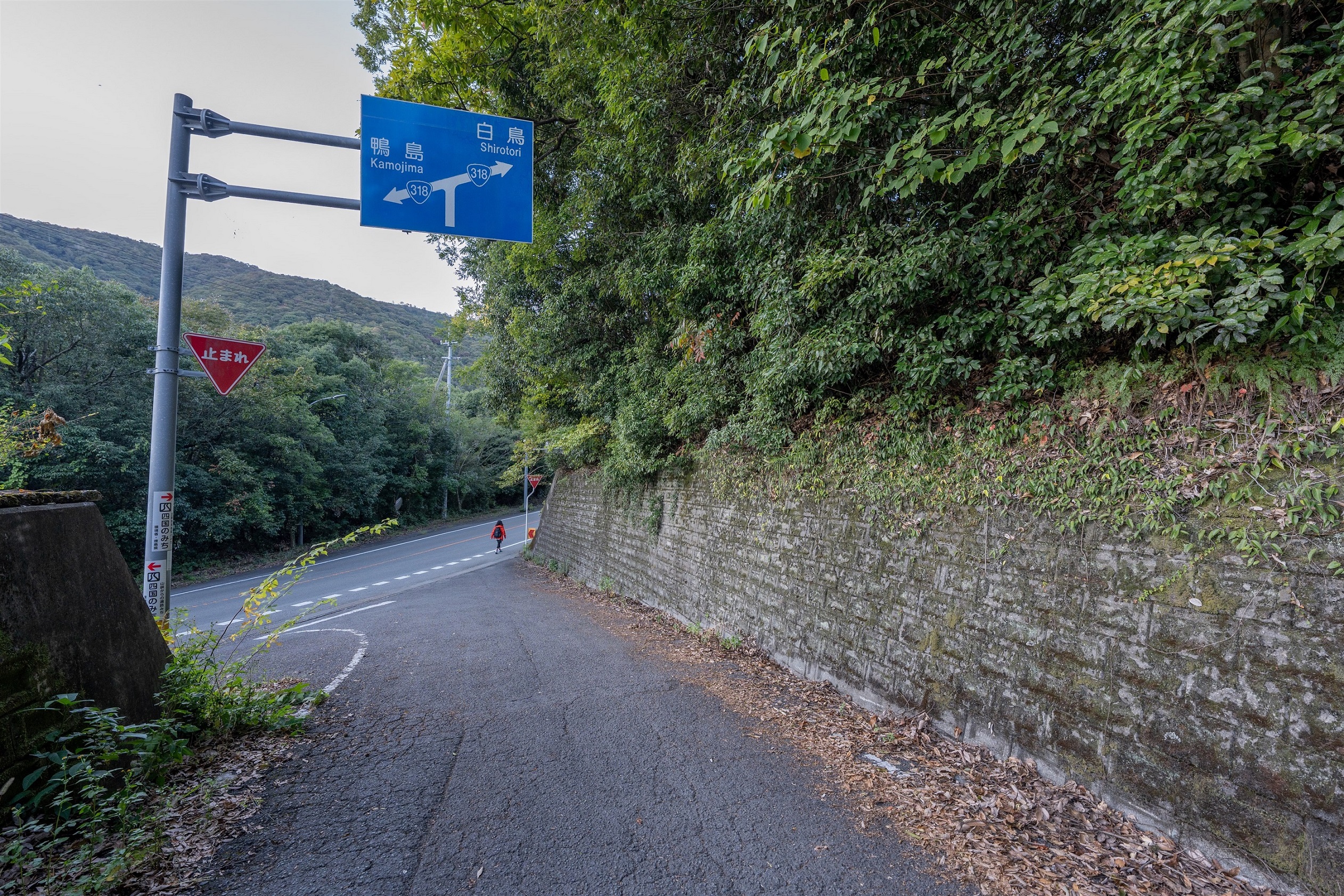
MAP【U】Take the road leading to the national highway
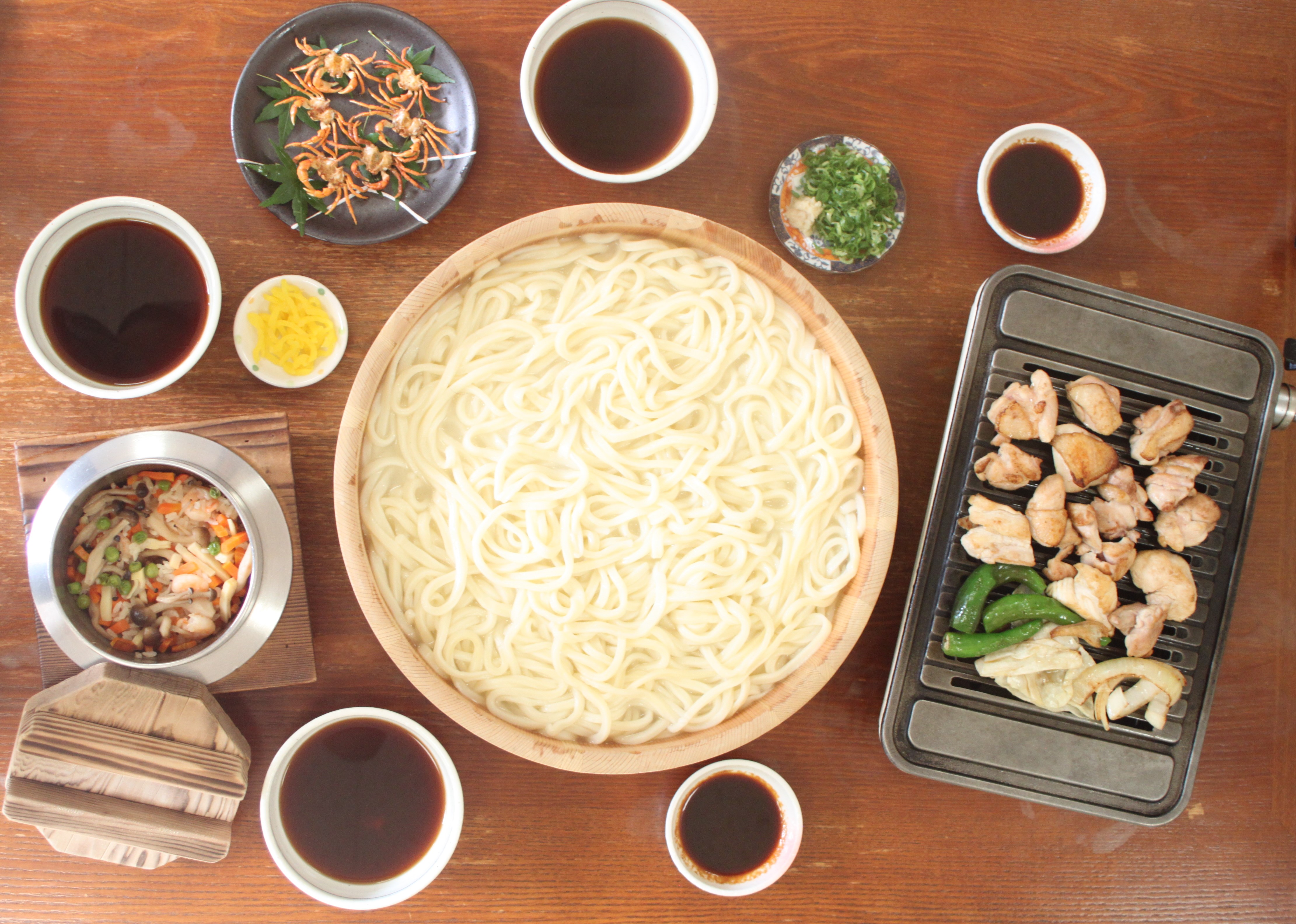
Near the end of the route, there are a number of stores famous for their local delicacy, udon noodles served in a tarai (large wooden tub). As well, depending on the season, you can buy such fruit as grapes and strawberries at vendor stands along the route.
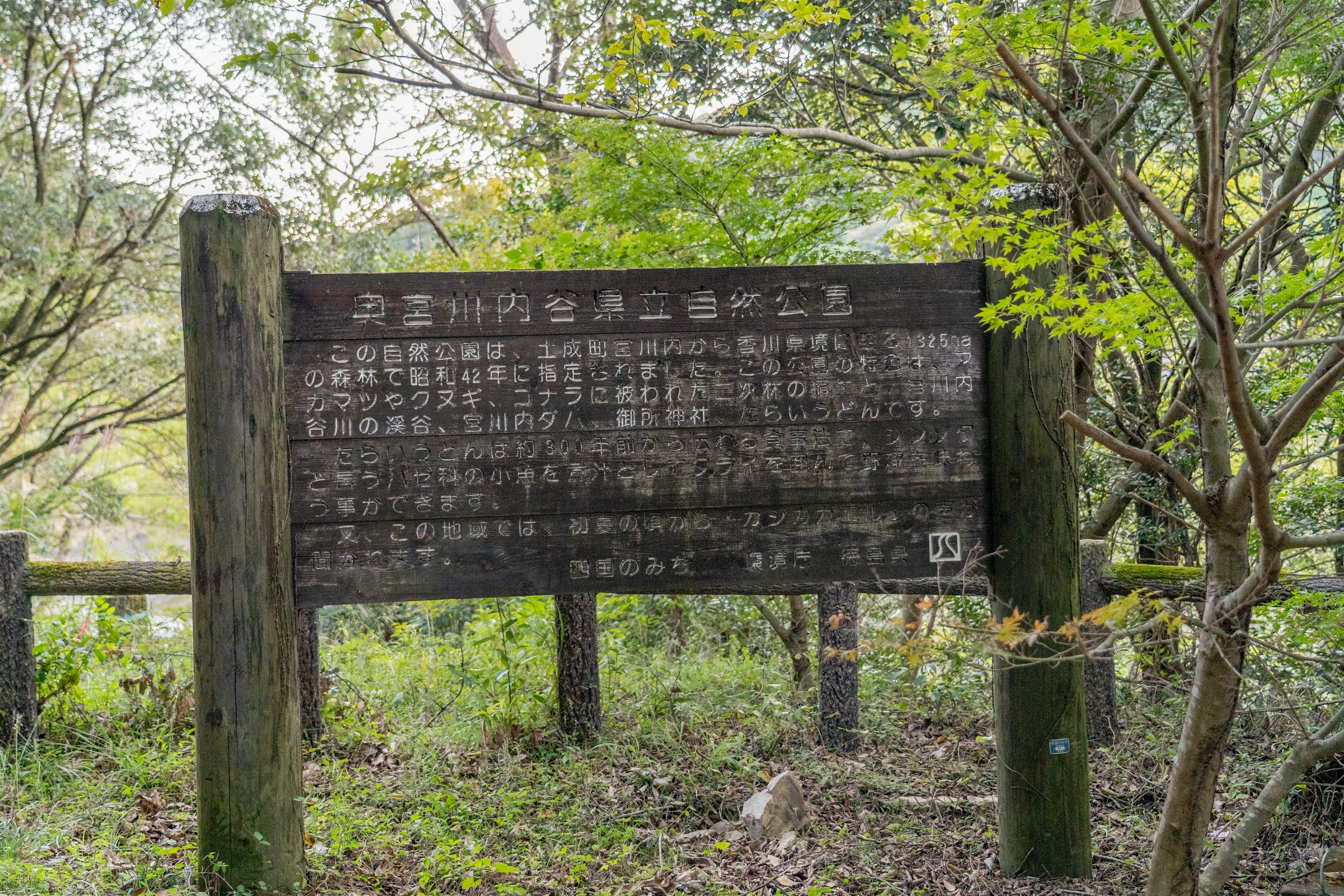
Miyakawauchi rest spot
Those wishing to receive a certificate of completion must take a photograph of oneself at the defined photo points on each course.
Higashihara on the Tokushima bus line.
-
◎START
Railway --
Bus: 8-minute walk from "Higashibara" on the Tokushima bus line.
◎GOAL
Railway --
Bus --